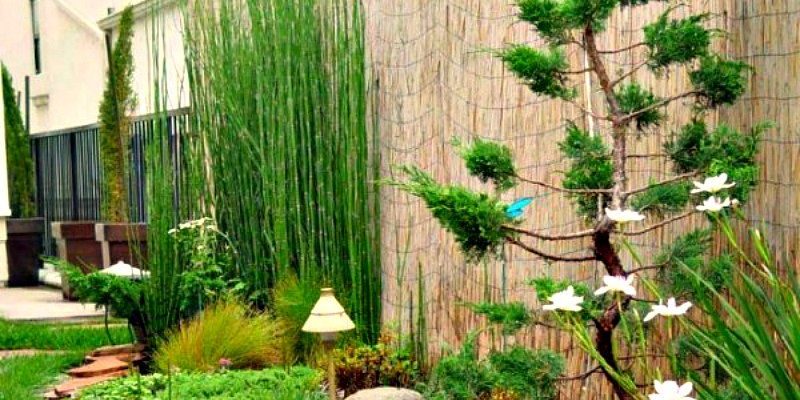Can’t remember what tomato plant that is? Try keeping a garden planting journal. You’ll be surprised how much you forget about the details of your planting.
Gardening with You Since 1997
Category: Container Vegetable Garden
Quality soil is the start of every great vegetable garden bed. Here are the 10 simple tests you can do at home to check the health of your soil.
Grow more organics veggies with intercropping, intersowing and planting catch crops are ways of saving valuable garden space in your home garden.
The warmth and charm of cedar boards and corner posts are much more appealing than plastic forms or landscape blocks. Here are some beautiful container vegetable gardening ideas.
Your landscape planning project will take planning and designing. First, decide on the budget and the size of the project. Make sure if you are doing the project yourself that it will be easy and doable.
Raised garden beds, also called container gardening, are super for growing a large variety of veggies in smaller areas.
Raised beds keep weeds from getting in your soil, stop soil compaction (no walking!), keep pests such as slugs and snails out, and provide good drainage to keep the roots of the plants healthy.
Some tips on getting started with organic gardening that you will find useful and which will help you to get off the ground. If you are just starting out as a gardener you should go the organic route. It is better for your plants and your soil.
When you garden organically, manure and compost, made from kitchen scraps and yard waste, are used as fertilizer for your garden.
Licorice is great but it can be quite invasive. I planted mine with an old plastic bucket. I removed the base, took off the handle and dug a hole wide enough to use the bucket to hold in the roots of my licorice.
Creating a container garden is a genius way to grow your own vegetables and herbs anywhere around your house.









